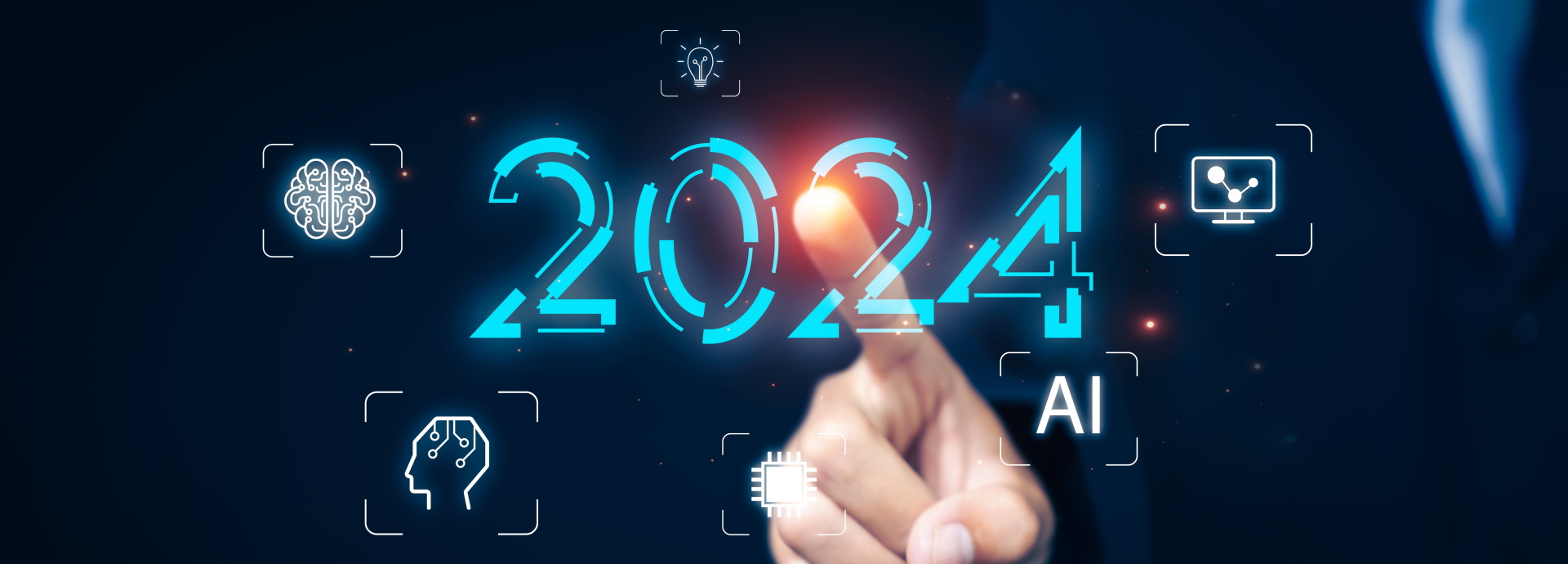Over the last six months, I’ve attended six conferences and symposiums. After sitting through dozens of hours of keynote speeches and walking miles of trade show floors, I couldn’t help but notice a few trends.
Below, I’ll share four takeaways from these shows, giving you the insights you need without spending dozens of hours traveling and thousands of dollars on conference tickets.
-
- Digital transformation isn’t optionalThis might sound harsh, but the general consensus I’ve heard from experts is that if you’re not at least two steps into your digital transformation journey, you’ll probably be left in the dust in the coming years.
Using traditional Industry 4.0 timelines, they’re probably right. However, at FactoryEye, we’ve developed a sprint implementation method to help you catch up quickly without blowing your budget. We break implementation into short, achievable sprints, and you can use the ROI from each sprint to help fund the next.
Therefore, since we can help manufacturers modernize quickly, I don’t believe the Industry 4.0 train has fully left the station. But the general warning remains: don’t drag your feet when it comes to digital transformation.
- Digital transformation strategy statements are key
- Digital transformation isn’t optionalThis might sound harsh, but the general consensus I’ve heard from experts is that if you’re not at least two steps into your digital transformation journey, you’ll probably be left in the dust in the coming years.
If digital transformation isn’t optional, it’s time to double down on future-proofing your operations with technology. But you shouldn’t do this blindly. You need principles that guide your investments.
That’s where a digital transformation strategy statement comes in. This should be one sentence that every employee knows by heart. The best digital transformation strategy statements paint a compelling picture of the future while being specific enough to act as a litmus test for future decisions.
Once you’ve developed your statement, before any purchase or initiative, you should ask, “Does this align with our digital strategy?” If it does, that’s a good sign. If not, avoid it.

-
- Eliminating manual data entry is critical to achieving digital transformation
Digital transformation starts with a vision from leadership. Then, it’s solidified into a digital transformation strategy statement that guides future decisions.
But when it comes to technology investments, many manufacturers get overwhelmed. After all, if you walk onto most plant floors, you’ll see no shortage of opportunities for digitization. So, where should you start?
Often, the lowest-hanging fruit of digital transformation is eliminating manual data entry. Do you have line operators taking notes on a clipboard? Turn that clipboard into an iPad and sync it with your MES. Better yet, install IIoT sensors on the line and collect data automatically.
Why is this so critical? Data is the fuel of digital transformation. Without it, you’ll be running on fumes. Before you start thinking about AI or predictive maintenance, you need to form a solid data foundation, and manual data entry is simply too inefficient and inaccurate to power digital transformation.
-
- 4. Every business is a data business
Manufacturers are known for producing products. But that’s not all they produce. Manufacturers must realize that, in fact, they produce two things: products and data. While most manufacturers know their products inside and out, their data is Greek to them. But your data is just as important as your products.
As we live increasingly in the age of algorithms, data is what will separate successful from unsuccessful companies. Want to automate processes? You’ll need data. Want to achieve predictive maintenance? That’s going to take data (and a lot of it). Want to improve product quality? You better have good data. Want more accurate recipes to reduce waste? Well, at this point, you should know you will need data for that, too.
Of course, just having data isn’t enough. You need to be able to turn your data into actionable insights. And that starts with good data management. At FactoryEye, we’ve designed a state-of-the-art data lake architecture that allows you to centralize data from across factory floor machines and enterprise systems – say goodbye to data silos and hello to advanced analytics.
Centralizing data and eliminating silos requires integrating legacy systems and machines – many of which weren’t designed to play nicely together. That’s why integration is often easier said than done. If a vendor tells you, “We’ve got some APIs, but you’ll have to set it up,” prepare for a headache. On the other hand, if you work with us, we’ll say, “Point to what you want to be connected, and we’ll make it happen.”
How can we do that? Put simply, we’ve been doing it longer and have better tools at our disposal. Magic Software, the parent company of FactoryEye, has been in the integration business for over 30 years, and their Magic xpi tool, which is included in the FactoryEye platform, is best-in-class. This combination of expertise and technology allows us to make seamless integrations quickly, so you can start making the most of your data.
Key takeaways
The time to act on digital transformation is now. You don’t need to make huge investments, but you must get the ball rolling with investments that align with your digital transformation strategy. And no matter the investment, data should be a primary consideration.
If you’re curious about what digital transformation might look like for your company, we’d love to help you explore that. Whether you’re just getting started and want to explore the benefits, or you’re ready to hit the ground running and want to talk implementation, contact us to learn more about the best next step.
Bio: Thomas “Tom” Connell is vice president of business development for the Americas at Magic Software. Prior to coming to Magic Software, Tom spent two decades working across Public Safety, Life Safety, Building Technologies & Identity Management sectors. He’s a high-impact senior business leader with a history of success in driving organizational change and launching major business initiatives.




